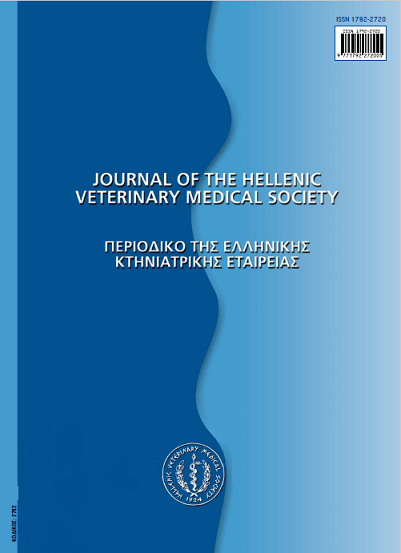‘Foreign’ dietary DNA in animals and safety evaluation of genetically modified feeds

Abstract
The paper starts with the significance of biotechnology for animal nutrition, focusing on transgenic plants where most of genetically modified feedstuffs are. In addition, the significance of genetically modified-plants as animal feeds and the requirement for this crucial issue to be covered by European Union legislation is discussed, since the top cereal and oil-seed crops worldwide, i.e. maize and soya bean, respectively, as well as cottonseed and rapeseed, are within this category of raw materials. The procedure for authorisation of genetically modified feeds in the EU is also discussed. Moreover, various aspects referring to degradation of ‘foreign’ dietary DNA fragments from transgenic plants in the animal’s organism are reviewed. Transfer of DNA from genetically modified crops to the animal’s body and the animal products is also considered. In order to discuss the nutritional quality of genetically modified feeds in animal diets, the term ‘substantial equivalence’ was introduced, referring to the same chemical composition in content of nutrient and undesirable contents, when comparing conventional with genetically modified-dietary ingredients.
The debate over ‘substantial equivalence’ principle is also reviewed; this made validity of the procedure in relation to safety evaluation less significant. Safety evaluation procedure of genetically modified-feeds (particularly, herbicide-tolerant and insect-resistant maize) by the official EU procedure, where risk assessment is performed by EFSA and risk management and communication by the Commission, is also discussed. Safety evaluation of genetically modified feeds examines aspects, such as: molecular characterisation, comparative composition analysis with conventional counterparts and nutritional assessment covering toxicology and allergenicity. With reference to environmental implications, certain aspects on post-market environmental monitoring of genetically modified feeds, (e.g., biodiversity, mitigation measures, surveillance plan), are considered.
Article Details
- How to Cite
-
ZOIOPOULOS (Π.E. ΖΩΙΟΠΟΥΛΟΣ) P. E., & NATSKOULIS (Π. ΝΑΤΣΚΟΥΛΗΣ) P. (2017). ‘Foreign’ dietary DNA in animals and safety evaluation of genetically modified feeds. Journal of the Hellenic Veterinary Medical Society, 64(1), 69–83. https://doi.org/10.12681/jhvms.15481
- Issue
- Vol. 64 No. 1 (2013)
- Section
- Review Articles
Authors who publish with this journal agree to the following terms:
· Authors retain copyright and grant the journal right of first publication with the work simultaneously licensed under a Creative Commons Attribution Non-Commercial License that allows others to share the work with an acknowledgement of the work's authorship and initial publication in this journal.
· Authors are able to enter into separate, additional contractual arrangements for the non-exclusive distribution of the journal's published version of the work (e.g. post it to an institutional repository or publish it in a book), with an acknowledgement of its initial publication in this journal.
· Authors are permitted and encouraged to post their work online (preferably in institutional repositories or on their website) prior to and during the submission process, as it can lead to productive exchanges, as well as earlier and greater citation of published work.


